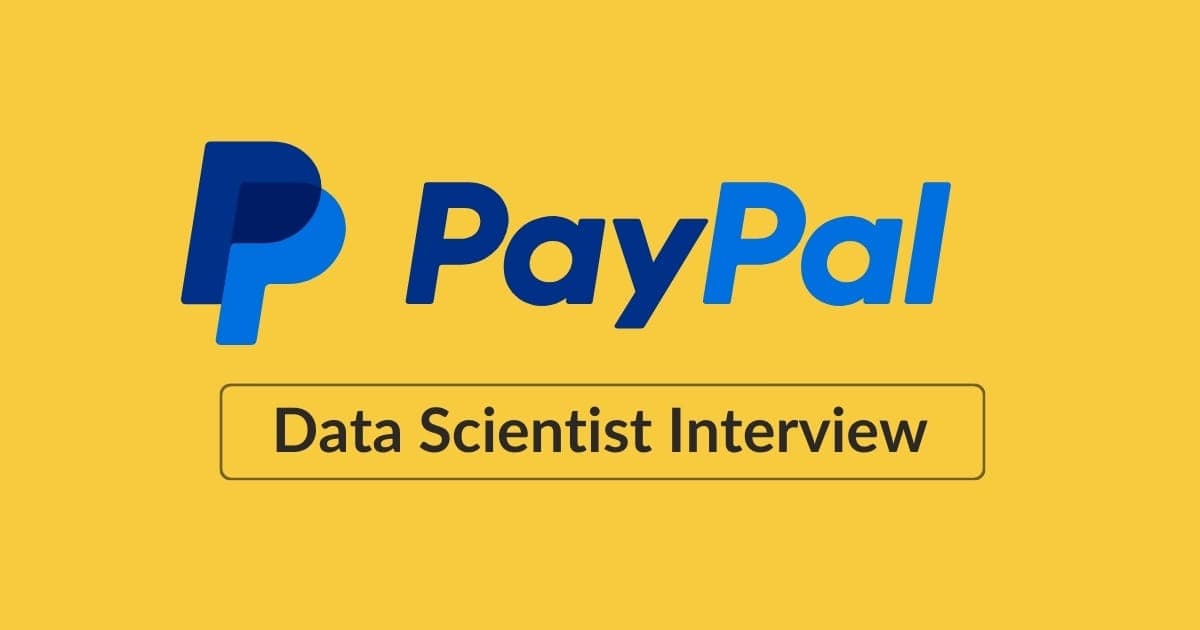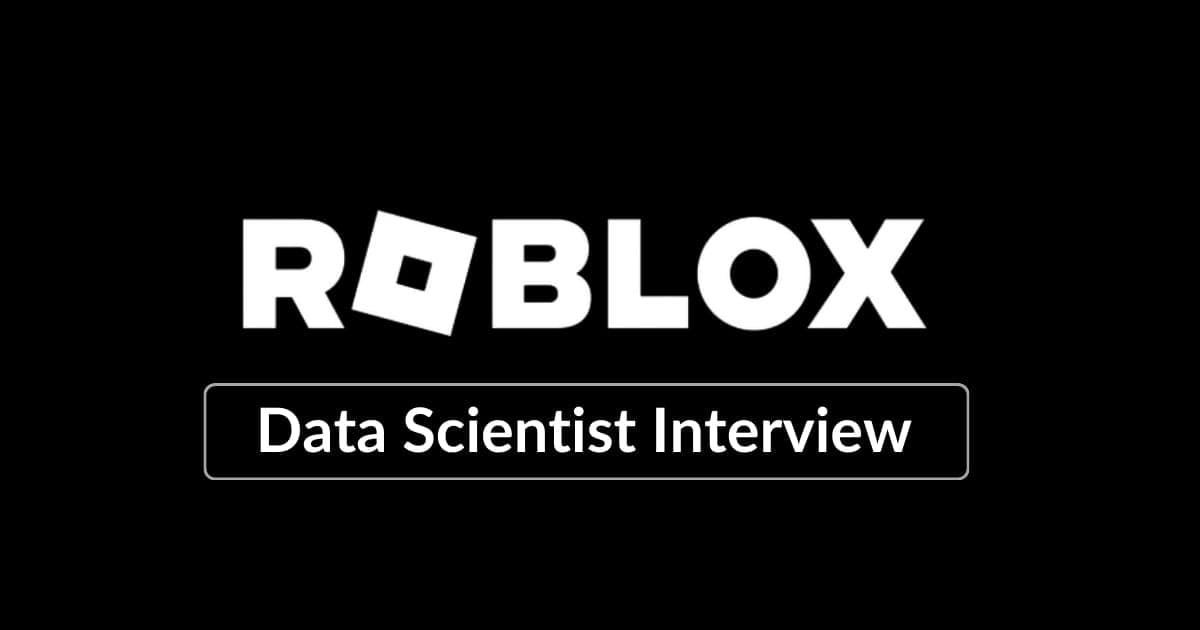Preparing for a Data Scientist interview at DoorDash? This comprehensive guide will walk you through the interview process, key areas to focus on, and tips to help you succeed. Whether you're a seasoned data professional or just starting, understanding the nuances of DoorDash's interview process can give you a competitive edge.
1. Interview Process and Timeline
Average timeline: 4-6 weeks
1.1 Resume Screen (1-2 Weeks)
The resume screen is the first step in DoorDash's interview process for Data Scientist roles, where recruiters assess if your experience aligns with the position's requirements. This stage is highly competitive, so it's crucial to make your resume stand out.
DoorDash recruiters are particularly interested in candidates with:
- Strong quantitative skills and data analytics experience
- Proficiency in SQL, R, and Python
- Experience with statistical analysis, including hypothesis testing and regression models
To enhance your resume, highlight your experience with large datasets and your ability to derive actionable insights. Showcase your expertise in building analytics experiments and dashboards. Use keywords like "quantitative analysis," "SQL," and "statistical techniques" to align with DoorDash's needs. Tailor your resume to reflect your problem-solving skills and your ability to mentor others, as these are valued traits at DoorDash.
1.2 Recruiter Phone Screen (30-45 minutes)
Expect a friendly chat with a DoorDash recruiter to discuss your background and fit for the Data Scientist role. Highlight your experience with SQL, Python, and statistical analysis. Be ready to discuss how you've used data to drive business decisions.
Tips:
- Emphasize your problem-solving skills and ability to work with large datasets.
- Showcase your experience with A/B testing and analytics tools like Tableau.
- Prepare to discuss your quantitative background and any mentoring experience.
Example Questions:
- Can you describe a project where you used data to influence a decision?
- How do you approach solving ambiguous problems?
- What analytics tools are you most proficient in?
*For more tips on crafting a standout resume, check out our Data Science Interview Questions page.
1.3 Technical Screen (60 Minutes)
The technical screen at DoorDash for a Data Scientist role is a 60-minute session divided into two parts: data manipulation using SQL and product case analysis. Conducted by a senior team member, this round assesses your ability to handle real-world data challenges.
- SQL Skills: Expect to work in a live coding environment like CodePair. Focus on SQL expressions such as joins, aggregations, and subqueries. Python may be an option for some roles.
- Product Case Analysis: Demonstrate your ability to translate data insights into actionable business recommendations.
Preparation Tips: Brush up on SQL fundamentals and practice coding without external resources, as this is a closed-book test. Familiarize yourself with DoorDash’s business model to effectively tackle product cases. Highlight your analytical skills and ability to derive insights from data to impress your interviewer.
1.4 Onsite Interviews (3-5 hours)
The onsite interview at DoorDash for a Data Scientist role spans 3-5 hours, typically involving 4-6 rounds. You'll engage with data scientists, analytics managers, and cross-functional stakeholders, each assessing different facets of your skills and fit.
- SQL Challenges: Prepare for live coding exercises focusing on joins, aggregations, and subqueries.
- Real-World Data Problems: Demonstrate your ability to solve complex, data-centric business issues.
- Case Studies: Present solutions to ambiguous scenarios, showcasing your analytical prowess.
- Behavioral Interviews: Highlight your experience with cross-functional teams and adaptability in handling ambiguity.
Preparation Tips: Familiarize yourself with DoorDash’s business model and practice SQL in a live coding environment. Emphasize your ability to derive actionable insights from data and your experience in collaborative settings. Understanding DoorDash’s mission and values will help you align your responses with their expectations.
2. Interview Questions
2.1 Product Case Questions
- Defining Key Metrics for DoorDash - What key metrics would you track to evaluate the success of DoorDash's new feature aimed at improving delivery times?
- Experimentation for Customer Satisfaction - How would you design an experiment to test the impact of a new customer loyalty program on overall customer satisfaction?
- Analyzing Restaurant Churn - What data would you analyze to understand the reasons behind restaurant churn on DoorDash, and how would you use this information to propose solutions?
- Evaluating Market Expansion - If DoorDash is considering expanding into a new city, what factors and data would you analyze to determine the potential profitability of this expansion?
- Subscription Program Success Metrics - What data would you collect and analyze to measure the success of a new subscription program like DashPass?
- Improving Delivery Efficiency - How would you approach identifying and implementing changes to improve delivery efficiency for DoorDash drivers?
2.2 Machine Learning Questions
- Bias-Variance Tradeoff - Explain the bias-variance tradeoff and how you would approach balancing it when developing a predictive model for DoorDash.
- Cross-Validation Importance - What is cross-validation, and why is it important in the context of evaluating machine learning models at DoorDash?
- Fraud Detection Model - How would you approach building a model to identify potential fraud in DoorDash's delivery system?
- Predictive Modeling for Delivery Times - DoorDash wants to predict food delivery times accurately. How would you design a model for this, and what data would you consider essential?
2.3 SQL Questions
In this exercise, you will be working with a set of tables that represent DoorDash's data. Your task is to write SQL queries to extract meaningful insights from the data. The tables provided include information about orders, customers, and drivers. Use your SQL skills to answer the questions below.
Table: orders
| order_id | customer_id | driver_id | restaurant_id | cuisine | city | order_time | delivery_time | status |
|----------|-------------|-----------|---------------|-----------|---------------|----------------------|---------------|-----------|
| 1 | 101 | 501 | 201 | Italian | San Francisco | 2024-10-25 17:30:00 | 25 | Completed |
| 2 | 102 | 502 | 202 | Mexican | San Francisco | 2024-10-25 18:00:00 | 35 | Completed |
| 3 | 103 | NULL | 203 | Chinese | San Francisco | 2024-10-25 15:00:00 | NULL | Cancelled |Table: customers
| customer_id | name | city | join_date |
|-------------|-------------|----------------|-------------|
| 101 | Alice Wong | San Francisco | 2024-01-15 |
| 102 | Bob Smith | Oakland | 2024-02-10 |
| 103 | Carla Diaz | San Francisco | 2024-03-20 |Table: drivers
| driver_id | name | city | join_date |
|-----------|--------------|----------------|-------------|
| 501 | Sam Johnson | San Francisco | 2023-08-01 |
| 502 | Tina Tran | San Francisco | 2023-09-15 |
| 503 | Ravi Patel | Oakland | 2024-01-10 |- Join and Filter Orders - Write a query to list all completed orders along with the customer's name and the driver's name. Ensure that the results only include orders from San Francisco.
- Calculate Average Delivery Time - Write a query to calculate the average delivery time for each cuisine type in San Francisco. Exclude any orders that were cancelled.
- Identify Frequent Customers - Write a query to find customers who have placed more than one order. List their names and the number of orders they have placed.
- Driver Efficiency Analysis - Write a query to identify the driver with the shortest average delivery time in San Francisco. Include the driver's name and the average delivery time in the result.
- Order Volume by City - Write a query to calculate the total number of completed orders for each city. Display the city name and the total number of completed orders.
*For SQL practice, consider using our SQL Pad.
2.4 Behavioral / Leadership Questions
- Describe a time you used data to influence a business decision at DoorDash.
- How do you prioritize tasks when facing multiple deadlines in a fast-paced environment?
- Tell me about a time you disagreed with a teammate. How did you resolve it?
- Describe a project where you had to learn a new skill or technology quickly.
- How do you handle feedback, especially when it’s critical, in a collaborative setting?
- Describe a situation where you identified a process improvement opportunity and implemented it.
- Tell me about a time you managed a project under tight constraints and delivered results.
3. Preparation Tips
3.1 Understand DoorDash's Business Model
To excel in product case interviews at DoorDash, it's crucial to have a solid understanding of their business model. DoorDash operates a three-sided marketplace involving consumers, merchants, and Dashers (drivers). Familiarize yourself with how these components interact and the challenges each faces. For instance, consider how DoorDash balances supply and demand, manages logistics, and ensures customer satisfaction. This knowledge will help you tackle open-ended case questions effectively.
3.2 Align with DoorDash's Mission and Values
DoorDash places a strong emphasis on its mission to empower local economies and its core values, such as being customer-obsessed and having a bias for action. Before your interview, review these values and think about how they align with your own experiences and work ethic. Be prepared to discuss specific instances where you've demonstrated these values in your past roles. This alignment will not only help you answer behavioral questions but also demonstrate your cultural fit with the company.
3.3 Frontload SQL and Coding Prep
Given the technical nature of the data science roles at DoorDash, it's essential to be well-prepared for SQL and coding challenges. Brush up on SQL fundamentals, including joins, aggregations, and subqueries, as these are commonly tested. Practice writing queries in a live coding environment to simulate the interview conditions using our SQL Pad. Additionally, review any relevant coding skills in Python or R, as these may also be part of the technical assessment. Being technically prepared will allow you to focus more on the problem-solving aspect during the interview.
3.4 Practice with an Interview Buddy or Coach
Practicing with an interview buddy or coach can significantly enhance your preparation. They can provide feedback on your responses and help you refine your storytelling for behavioral questions. Consider our Interview Coaching services for personalized guidance.
By following these tips and thoroughly preparing, you'll be well-equipped to ace your Data Scientist interview at DoorDash. Good luck!



